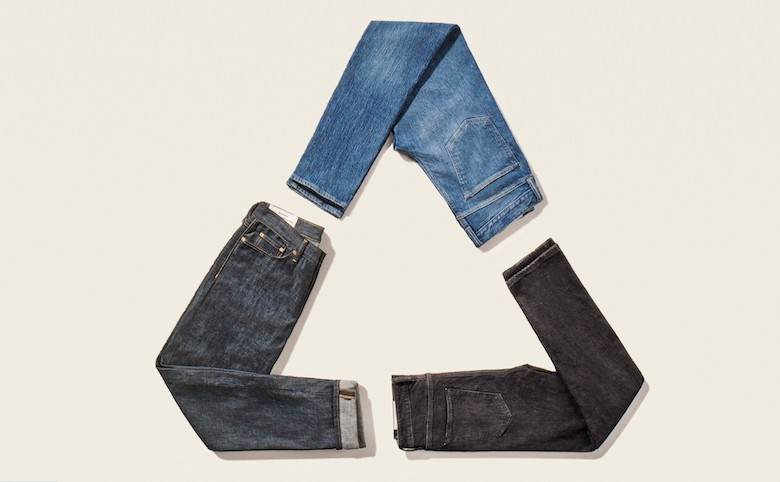H&M denim collection is the fruit of Ellen MacArthur Foundation project

Fashion retail group H&M has announced a new men’s denim collection that it says is “inspired by natural simplicity”. The new collection, H&M Jeans Redesign, will be available from October 15.
The Swedish group is a participant in the Make Fashion Circular initiative set up by campaign group the Ellen MacArthur Foundation. Part of this was an attempt to show that denim design and production can fit into circular economy principles.
Durability, recyclability and responsible use of resources are the characteristics of denim that the project highlighted.
There are three jean styles, two jackets, an overshirt, tote bag and a bucket hat all made in denim in the collection, which the fashion group described as having “a modern workwear vibe”. It added that the pieces are “durable, timeless and easy to repair”.
It said it had followed and, in some cases, even exceeded the guidelines set out by the Ellen MacArthur Foundation on garment durability, material health, recyclability and traceability.
The denim fabric used throughout is made from a mix of organic cotton and up to 35% recycled cotton (from post-consumer waste), with dyes that reduce water waste and energy consumption compared to conventional alternatives.
H&M has also used the Screened Chemistry method for selecting safer chemicals for the fabrics that have gone into this collection. Only low-impact finishes, those with a ‘green’ score in the Environmental Impact Measurement system developed by specialist denim fabric finishing technology provider Jeanologia, have been used.
Other measures aimed at lowering the denim collection’s environmental impact include avoiding conventional plating on the metal trims and the use of Tencel thread to make end-of-life recycling easier.
“Sustainability and circularity should be seen as the parameters that designers move within,” said H&M designer, Jon Loman, at the time of the announcement. “Being a designer is also about finding new opportunities and connecting more with the technical side of how jeans are made.”










